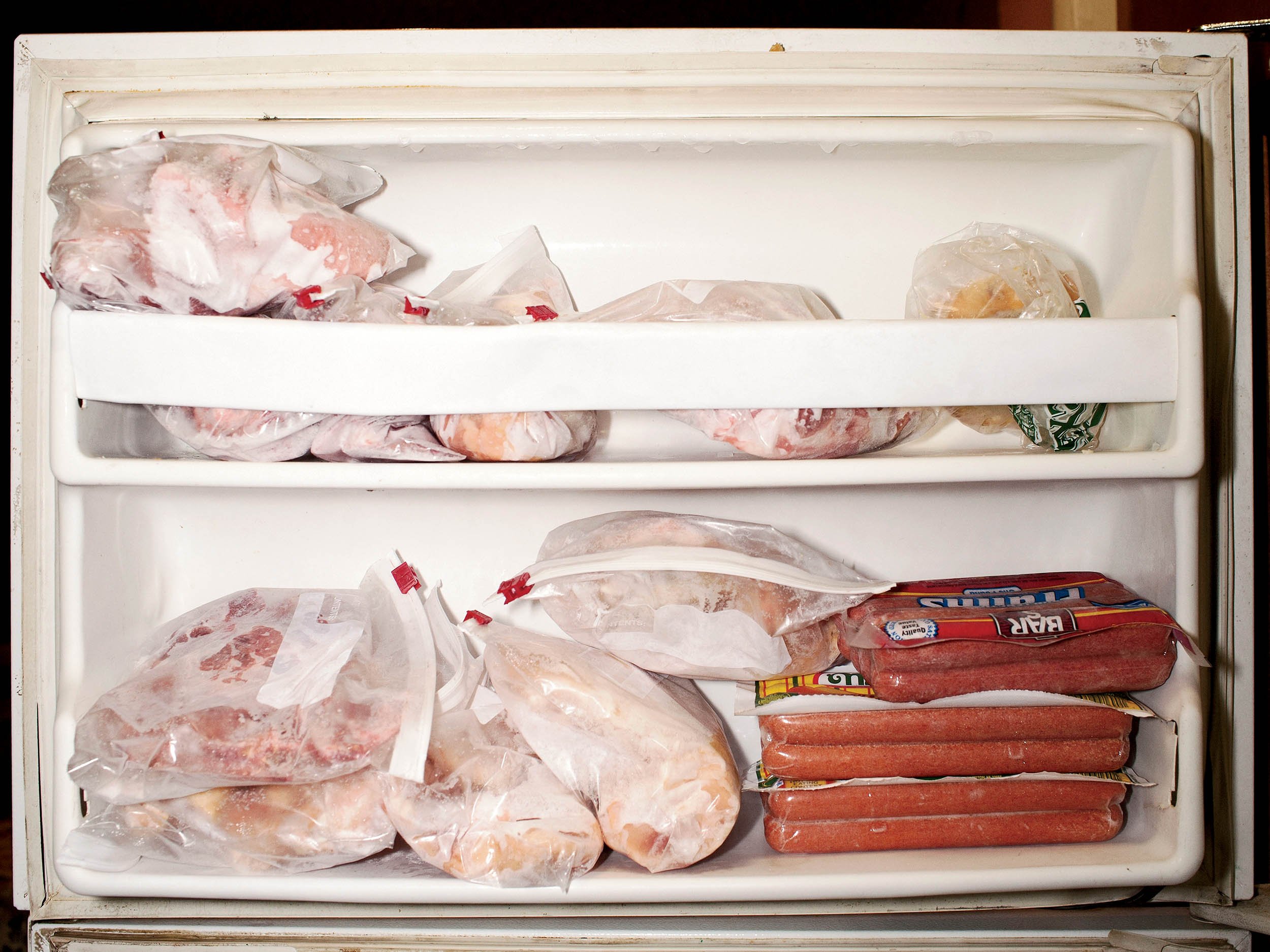Play all audios:
By Elijah Wolfson is a Senior Editor at Newsweek, where he writes and edits on science, health, technology and culture. He is also a contributor to, among others, _The Atlantic_, Al Jazeera
America, Vice and the Huffington Post, and has appeared on MSNBC, BBC World News, NPR and more. Elijah was a 2013 – 2014 Langeloth Health Journalism Fellows at the John Jay College Center on
Media, Crime, and Justice; a 2015 International Reporting Program Fellow; and a 2015 Metcalf Institute Fellow. He was awarded a 2015 Population Institute Global Media Award for his
reporting on the relationship between climate change and access to family planning in developing countries.
Newsweek AI is in beta. Translations may contain inaccuracies—please refer to the original content. Read original
Keeping cool is making the globe hot. The refrigeration technology that keeps your beer frosty, your extra porterhouse frozen and your apartment bearable in July is one of the world's
biggest electricity hogs, and results in millions of tons of greenhouse gases being dumped into the atmosphere.
This paradox could soon come to an end, though, with a major technological advancement on the horizon: magnetic cooling. It's efficient, green and could be just a few years away from
showing up at Target.
Though supremely forward-looking, it's based on some pretty old science. There's some debate, but either Emil Warburg (in 1881) or Pierre-Ernest Weiss and Auguste Piccard (in 1917)
discovered what is called the "magnetocaloric effect"—how certain metal alloys heat up in the presence of a magnet and then cool down when moved away.
Scientists have long known that if you repeated this movement over and over again, you could create a heat pump to remove heat from an environment. But for a long time, researchers could
only make a magnetic cooling device work with superconducting magnets that had to be cooled to extremely low temperatures. This meant giant devices—workable for big, commercial uses but
useless for a window air conditioner, fridge or really anything small enough to fit in your apartment.
Then, earlier this year, a team at General Electric, led by engineer Venkat Venkatakrishnan, announced it had built a desk-sized device that could reduce temperatures by 80 degrees
Fahrenheit. GE solved what had been a decades-long problem by combining a 50-stage cooling system (think of a piece of metal descending down a giant staircase of magnets, where each step
lowers the temperature of the metal just a bit—about 6 or 7 degrees Fahrenheit) with the development of a new type of iron-manganese alloy that has strong magnetocaloric effects, even at
room temperature. The GE team predicts its system could improve a standard refrigerator's energy efficiency by about 30 percent and eliminate the environmental problems that come with
producing and disposing of refrigerants.
Other research groups are working on the same project—a team of Canadian-Bulgarian researchers at the Université de Sherbrooke in Quebec, just discovered that by rotating a small crystal of
the metallic compound HoMn2O5, inside a magnetic field, they could create huge magnetocaloric effect. But GE has the inside track: Venkatakrishnan says its technology is only five years away
from entering the market as a luxury item. His team still needs to get its device to reduce temperatures by 20 degrees more before it can be used functionally in a refrigerator. After that,
he predicts, it will be just another five years or so before the technology trickles down and shows up in every new fridge.
To read how Newsweek uses AI as a newsroom tool, Click here.

